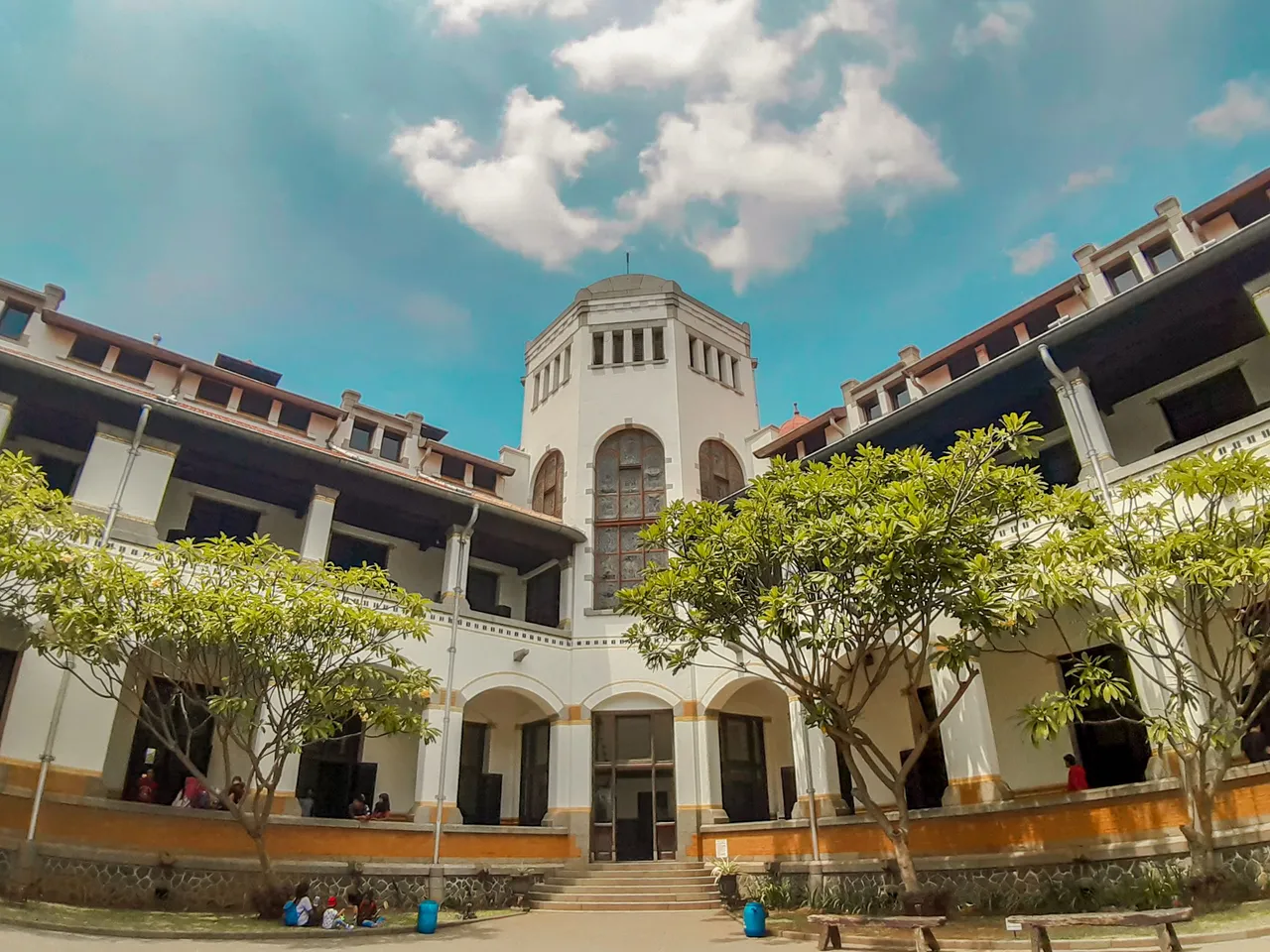
Indonesia has colonized by the Dutch, it's no wonder that Indonesia has a lot of architectural heritage from the windmill country that still stands strong today. For example, the Fatahillah museum in Jakarta which was built in 1707-1712 on the orders of the governor general joan van hoorn, the Blenduk church or known as GPIB Immanuel in Semarang which is the oldest church in Central Java, built in 2753, the Jakarta Cathedral church which was inaugurated in in 1901, Villa Isola in Bandung which was also used as a study room at the Indonesian Education University (UPI), the Presidential Palace in Bogor, the Tusuk Sate building in Bandung, and many others.
In Semarang, Central Java, there is a Dutch heritage which is also a landmark of this city. Lawang Sewu!
Lawang Sewu (a thousand doors) which has an old name as Administratiegebouw Nederlands-Indische Spoorweg Maatschappij is a building that was built as the head office of the Dutch East Indies Railway Company, this building was designed by architect Cosman Citroen from the firm Prof. Jacob F. Klinkhamer and B.J Quendag.
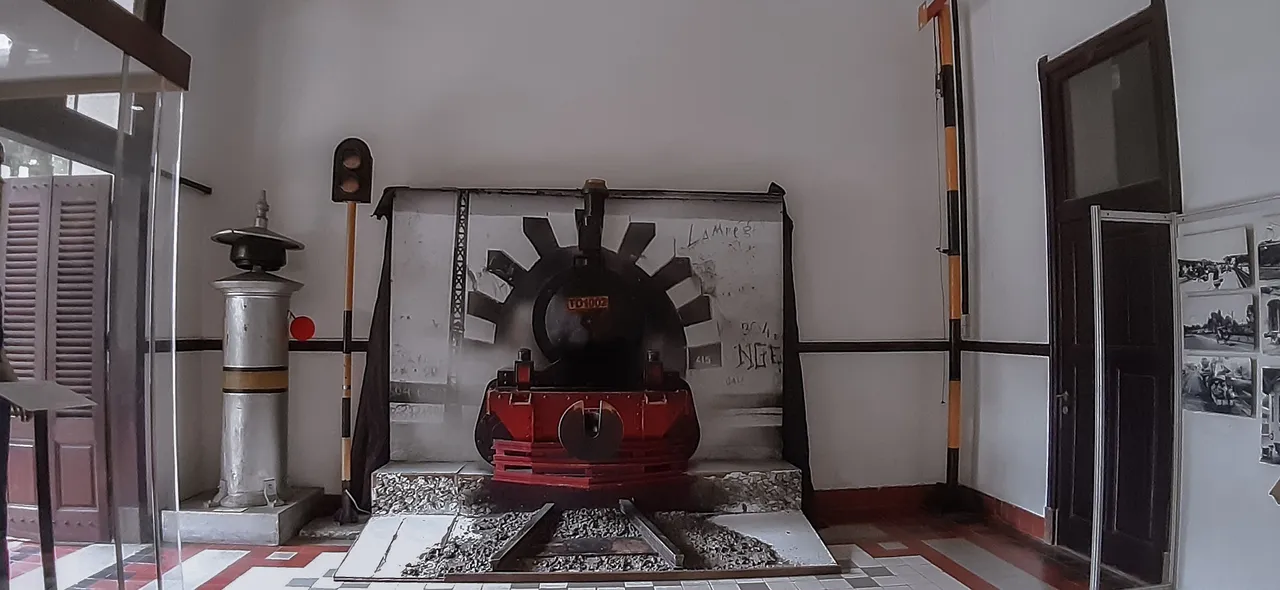
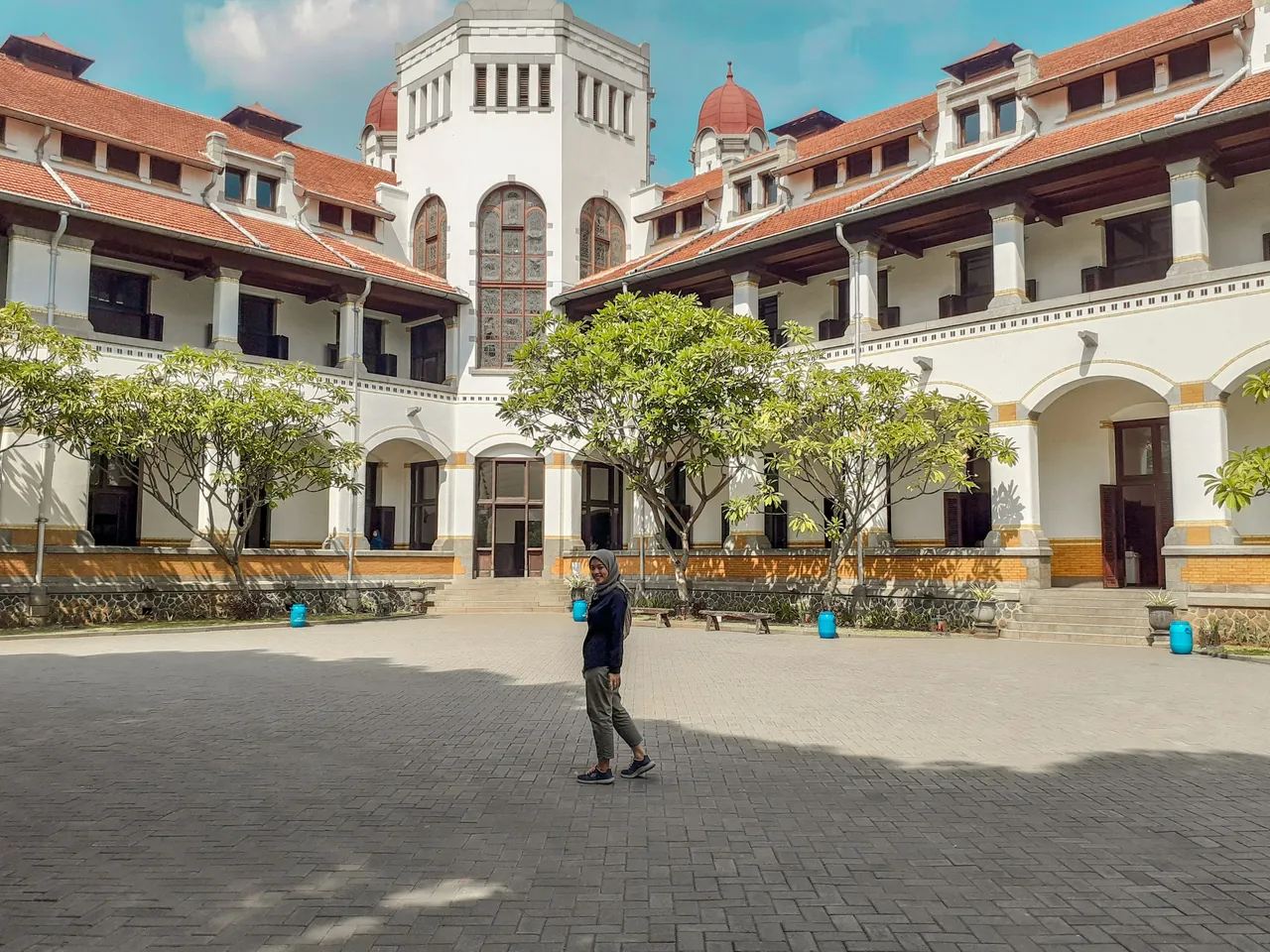
Until now Lawang Sewu is managed by PT. Indonesian Railways (KAI). Lawang Sewu is located on Jalan Pemuda, Sekayu, Central Semarang, Semarang.
Even though it is called a thousand doors, Lawang Sewu doesn't really have a thousand doors. There are only 342 doors in this building, with a total of 600 large windows.
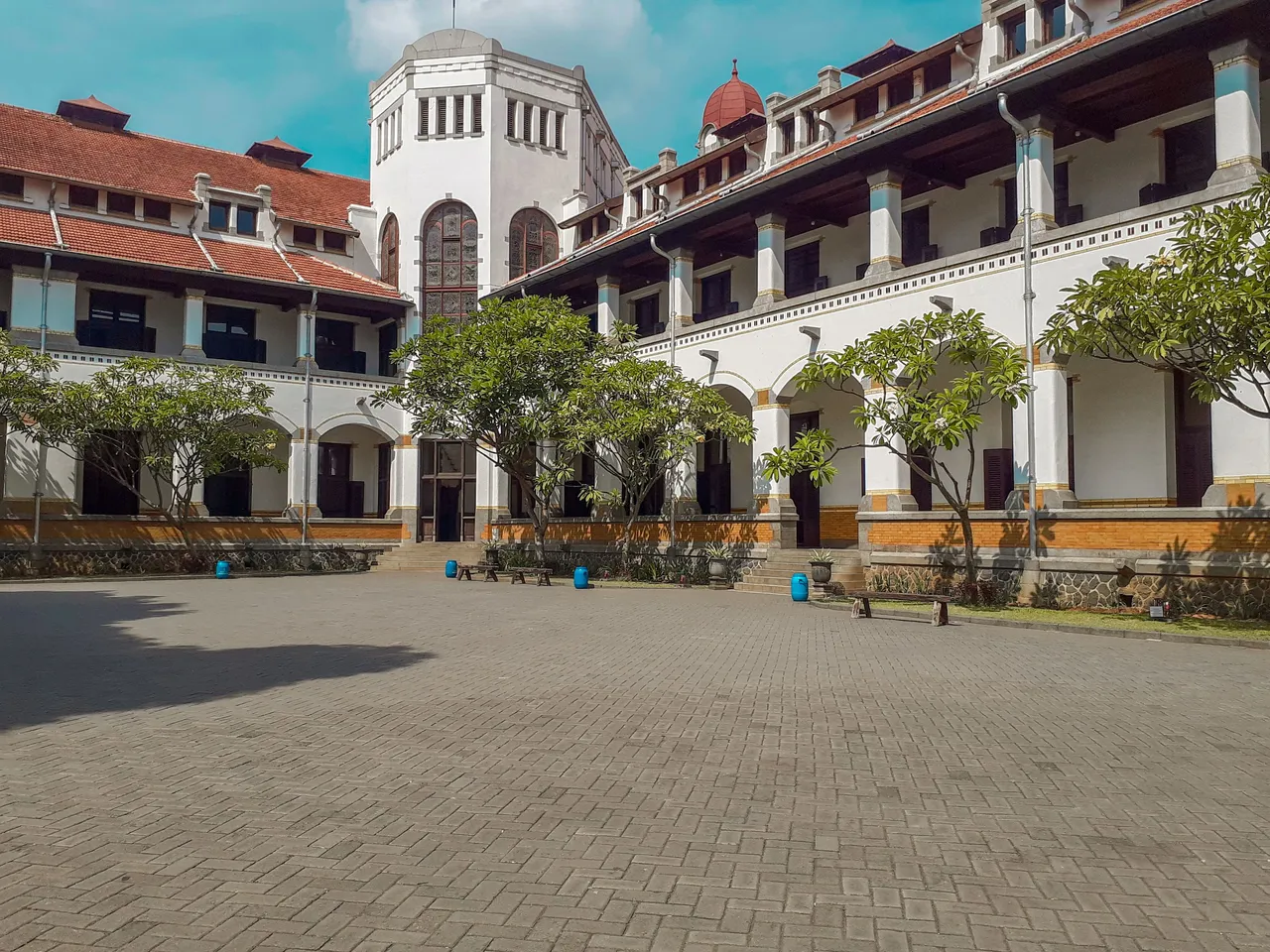
The ticket price for adults is Rp. 10,000, while for children Rp. 5,000. Lawang Sewu operates from 07.00 a.m to 09.00 p.m. Due to the affordable ticket prices, it is not surprising that this tourist attraction is always filled with visitors, both domestic and foreign. Lawang Sewu is also frequently visited by school children.
The construction of Lawang Sewu began in 1904 and was completed in 1919. Lawang Sewu consists of four complexes. The two larger buildings are referred to as Complex A and B, while the two smaller buildings are named Complex C and D. There are two identical towers in building A that are used to store water with a capacity of 7000 liters each.

In addition to many large windows and stairs, in complex A there is also a tunnel that can connect complex A with several other sites in the city, such as the governor's house.
The building which was originally the first railway company in East Holland, in 1942 after the Japanese invaded Indonesia, Lawang Sewu was also taken over by the Japanese. Meanwhile, the tunnel in building B, which was originally used to cool the room through evaporation, was converted by the Japanese as a prison and execution room. Many Indonesian fighters were dying and five workers there died.
After the battle, Indonesia again took over Lawang Sewu and handed it over to the national railway company. In 1992, Lawang Sewu was declared an Indonesian Cultural property.
Slum, empty building, old building. That's the point that makes Lawang Sewu have a stigma about ghosts that make the impression of horror at this historical place. Many news circulated such as the existence of typical Indonesian ghosts such as; Kuntilanak, Genderuwo, the spirits of the soldiers who were killed there, Until the Dutch noni (the name for the ghost of a Dutch woman).
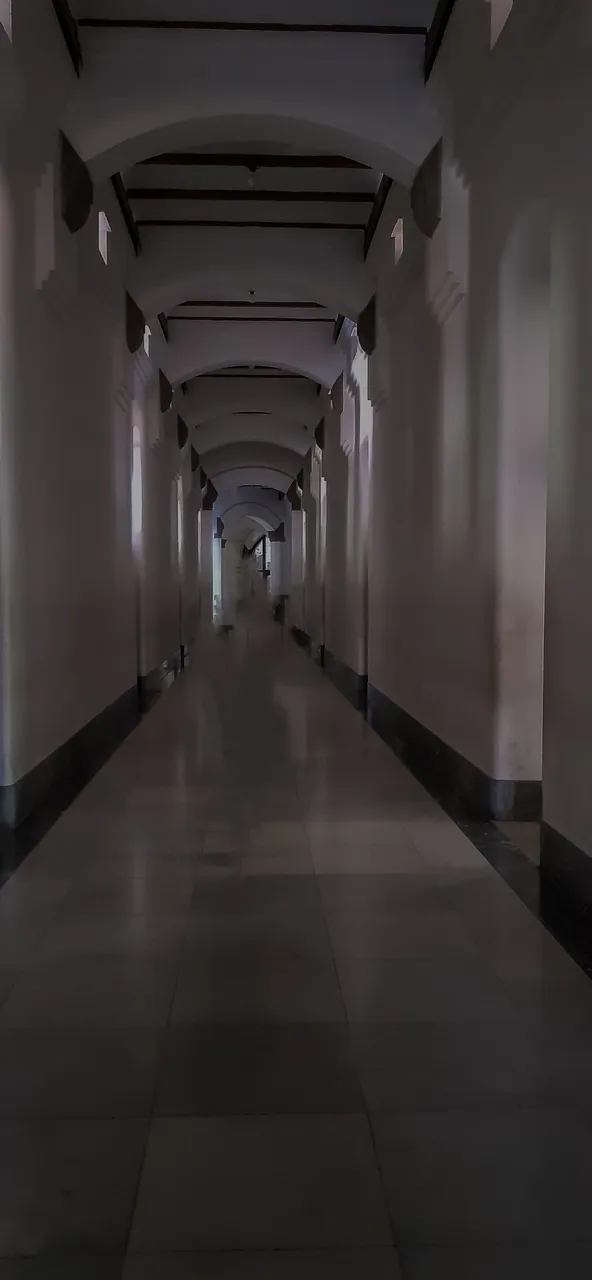
However, in 2009, Lawang Sewu began to be renovated and took up to one year. In 2011, Lawang Sewu was opened, there were tour guides who were given direction and synchronization of information, as well as historical data of Lawang Sewu. In 2014, the tunnel tour, which was thick with mystical atmosphere, was officially closed.
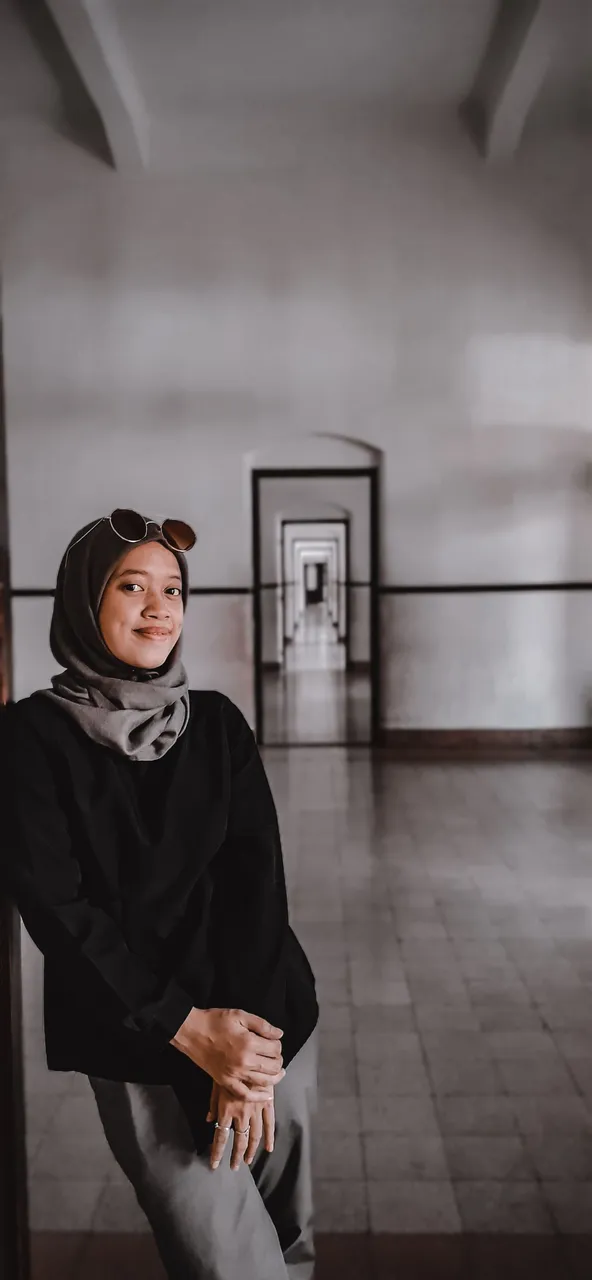
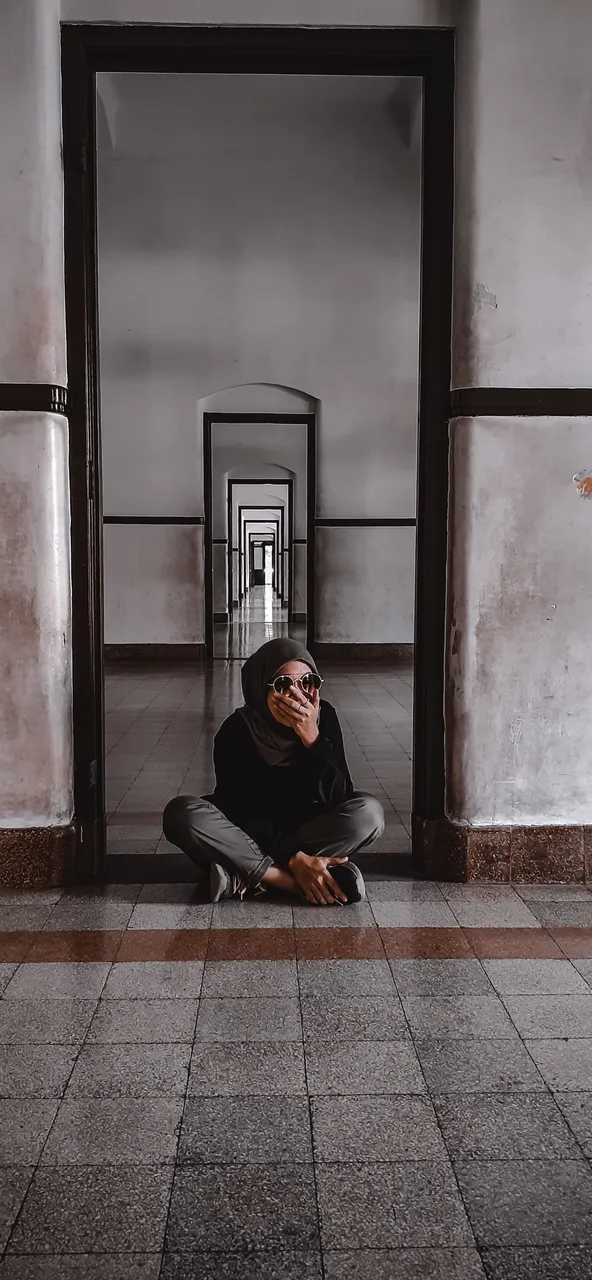
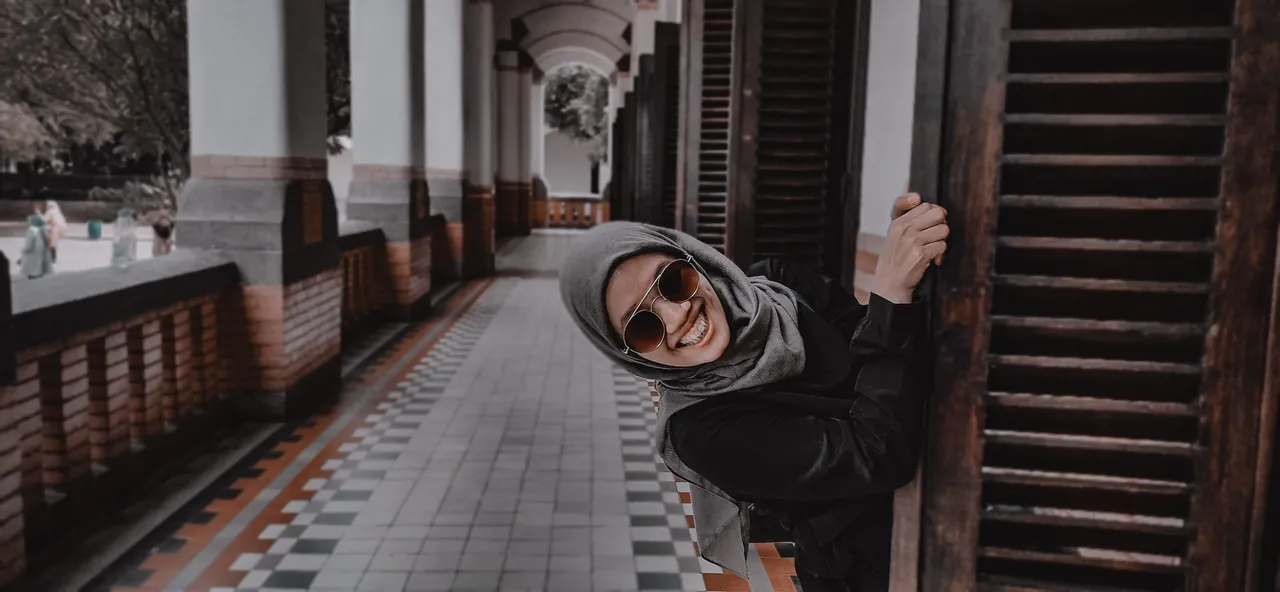
For us, humans, learning history is certainly very important for future survival, as well as a form of appreciation for the stories of the past. There are many lessons that we can learn by studying history, one of which is by visiting places that are used to store historical archives such as museums.
Lawang Sewu is one of the educational tourist attractions that teaches us about historical values, here we learn a lot about the origin of trains in Indonesia.
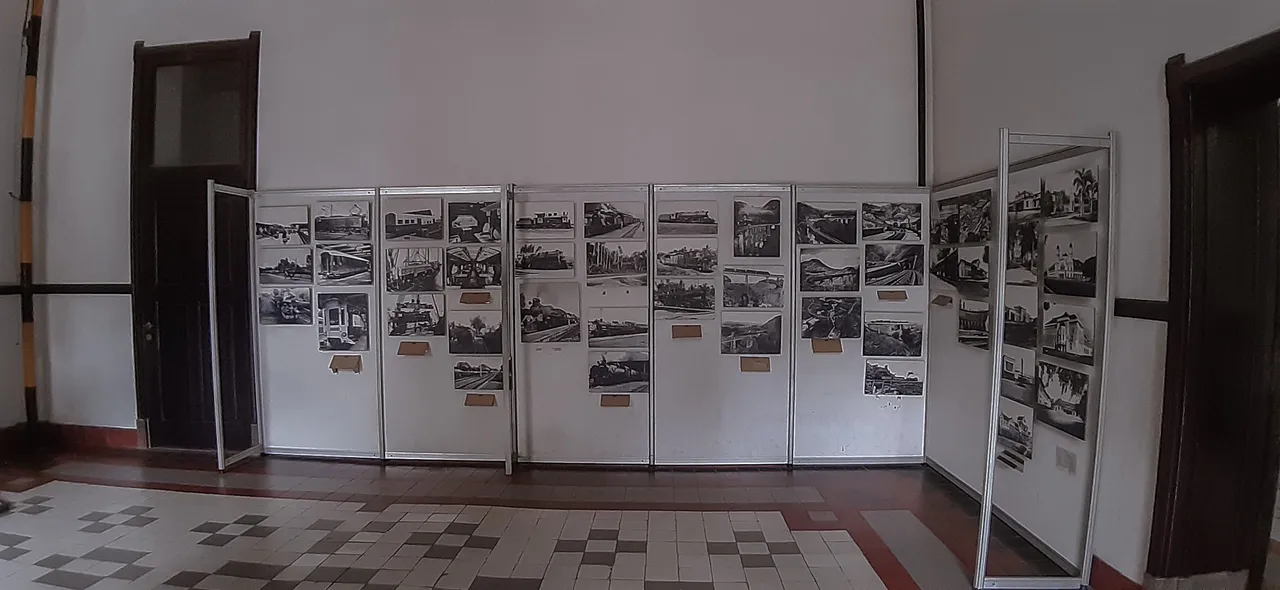
There are so many photo spots that you can get here. Almost every corner in this place is very nice. Especially when the weather is sunny, this old and dashing building looks even better as your photo background.
Some visitors take photos for personal collections, or group interests. Not a few who visit Lawang Sewu for pre-wedding photos.
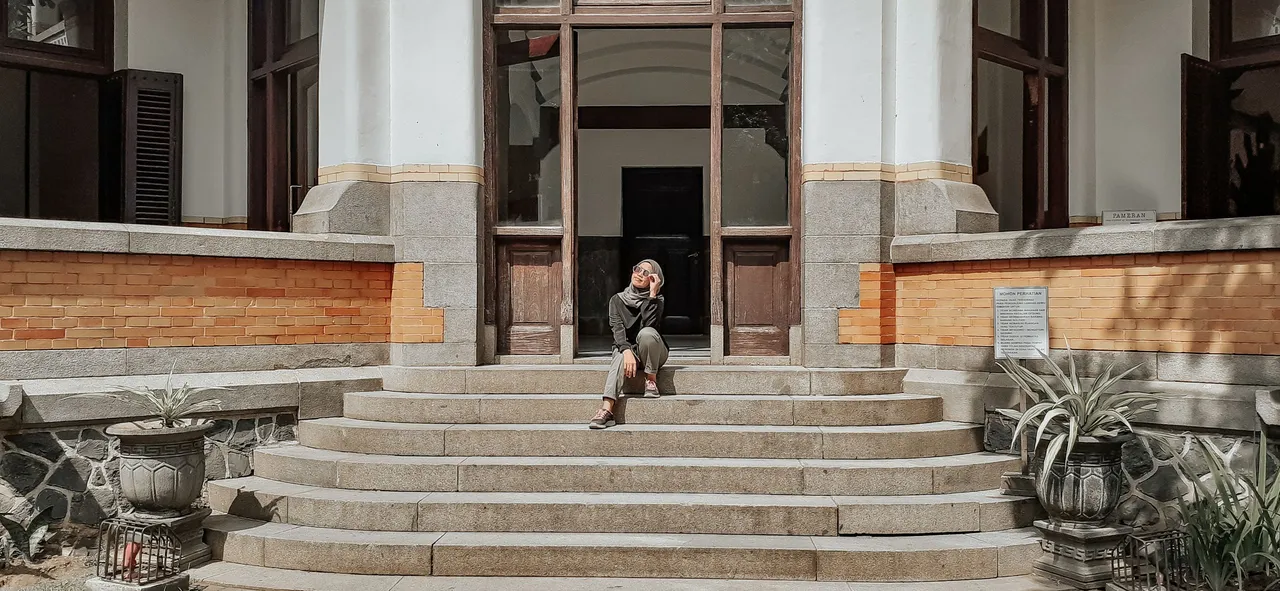

In 2007, the production house, MD Picture, used Lawang Sewu as the backdrop for a film entitled LAWANG SEWU: DENDAM KUNTILANAK. Manoj Punjabi as the producer conveyed the moral message of his film. Humans as social beings must always follow social norms and be aware of their environment, otherwise the secrets of the environment will be revealed.
So, are you interested in Lawang Sewu?
All pictures were taken by Samsung M20
